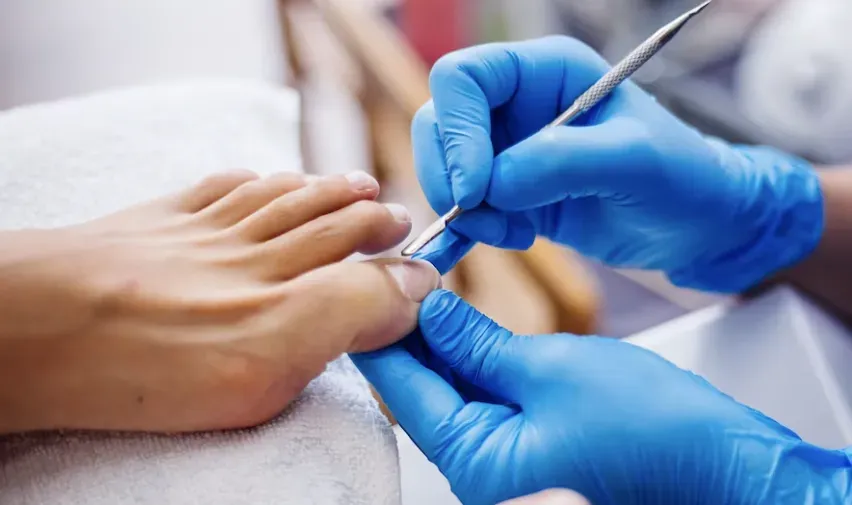Ingrown Toenail Surgery

What is an ingrown toenail?
Ingrown toenails happen when the nail starts growing into the skin around it or the base of the nail. This causes damage and swelling, leading to pain. Unfortunately, because the nail has caused trauma to the skin, it opens a way for infections. If your toe gets infected, it can make your pain worse quickly.
Process of Ingrown Toenail Surgery
Before the surgery:
Before the surgery, the podiatrist will examine the affected toe and discuss the procedure with the patient. The patient will typically receive local anesthesia to numb the toe and prevent pain during the surgery.
During the surgery:
The podiatrist will remove the affected portion of the nail and, if necessary, any tissue that is infected or inflamed. Depending on the severity of the condition, the podiatrist may need to remove the entire nail or only a small portion. In some cases, the podiatrist may use chemical treatment to prevent the nail from growing back in the same way.
After the surgery:
After the surgery, the patient may experience some pain and discomfort, but this can typically be managed with over-the-counter pain relievers. The patient will need to keep the area clean and dry, and may need to wear a bandage or special shoe to protect the toe. The patient will also need to avoid strenuous activity and keep the foot elevated to reduce swelling.
Recovery:
The recovery time for ingrown toenails surgery can vary depending on the extent of the procedure and the individual patient. Most patients are able to resume normal activities within a few days to a week after the surgery. The podiatrist will schedule a follow-up appointment to check on the healing process.
